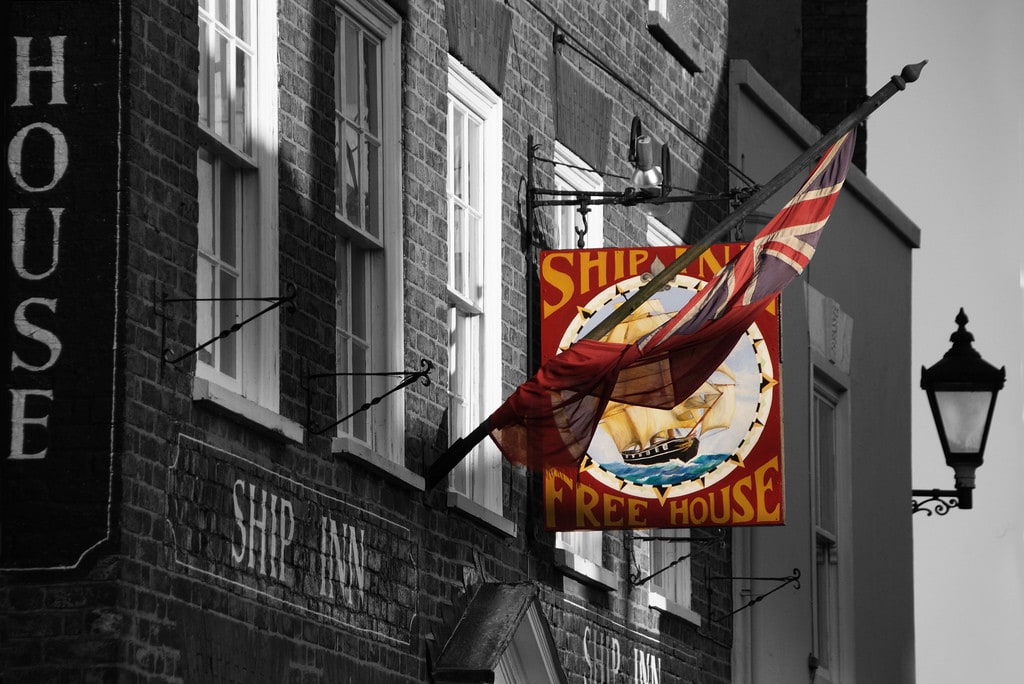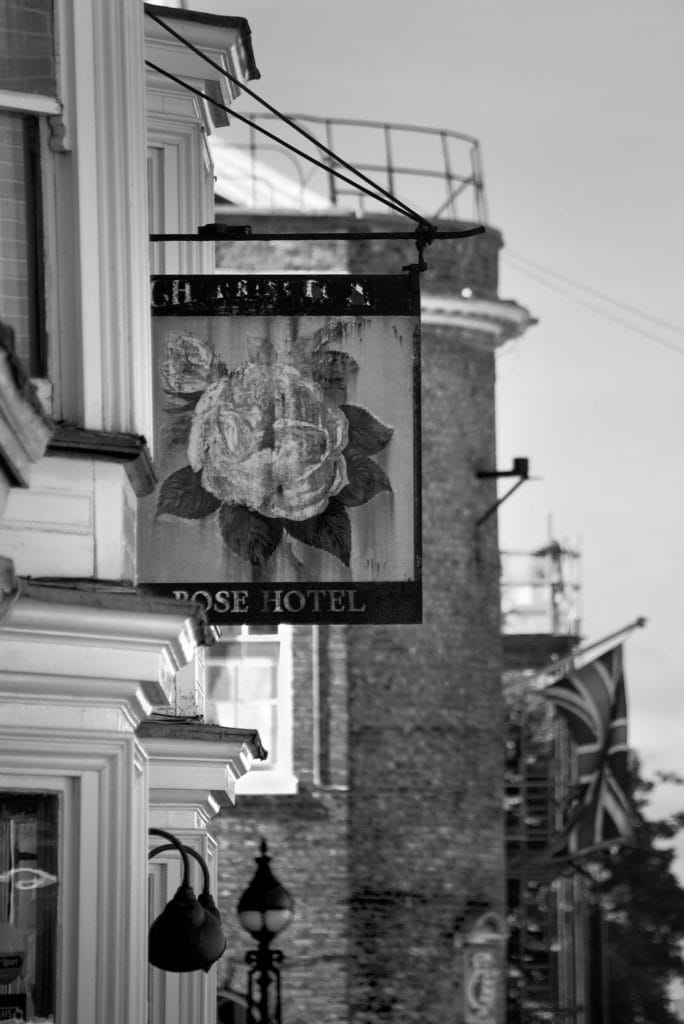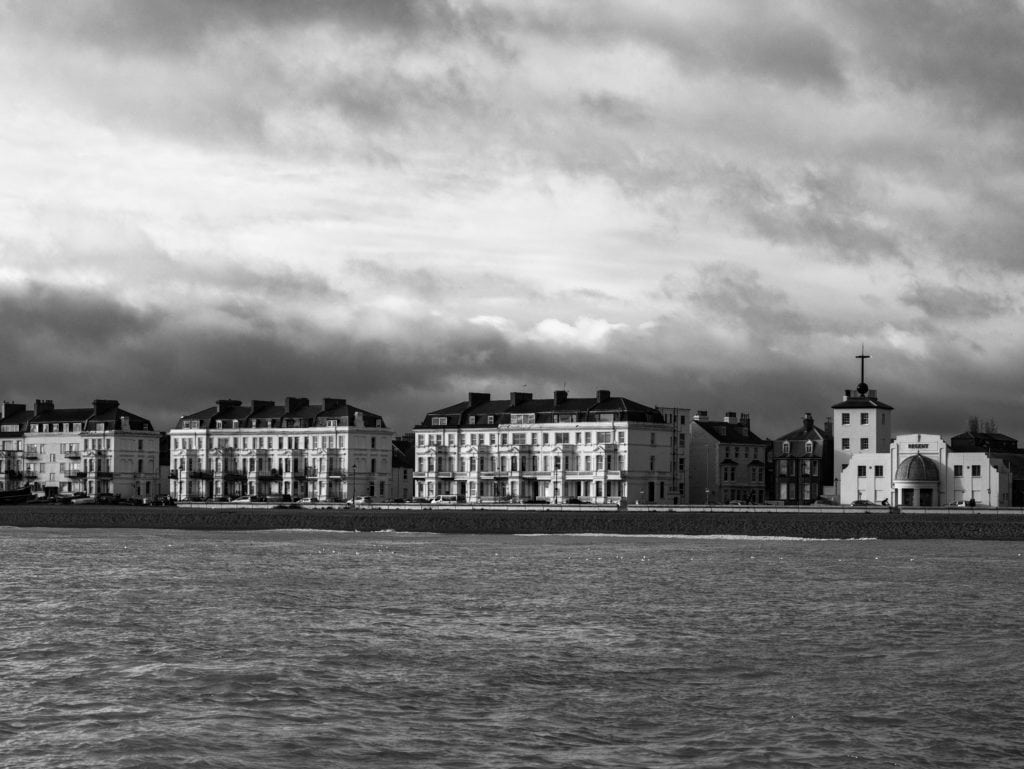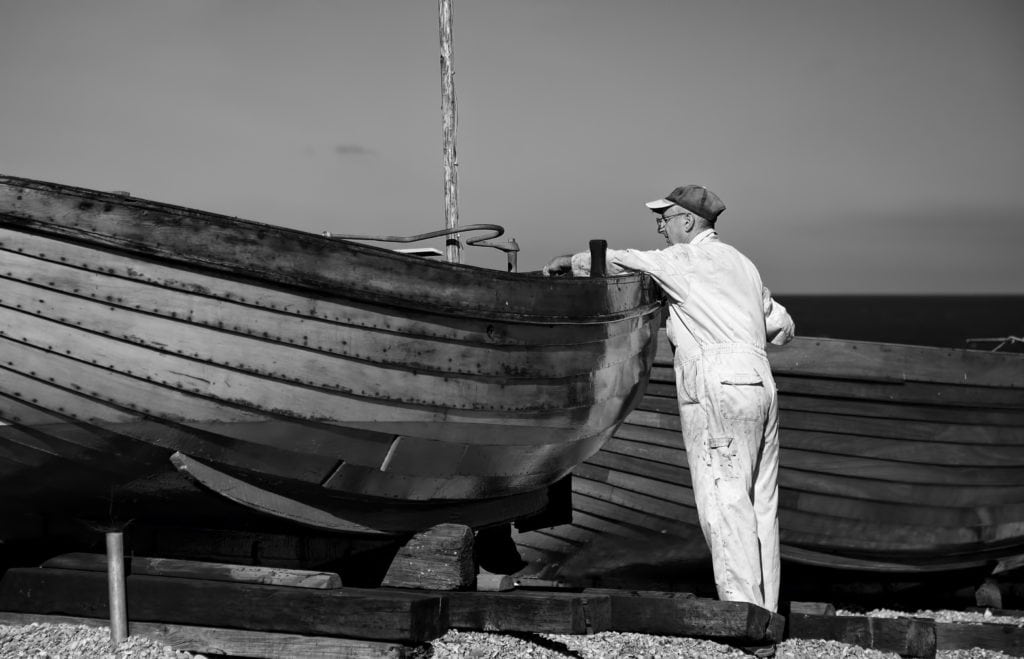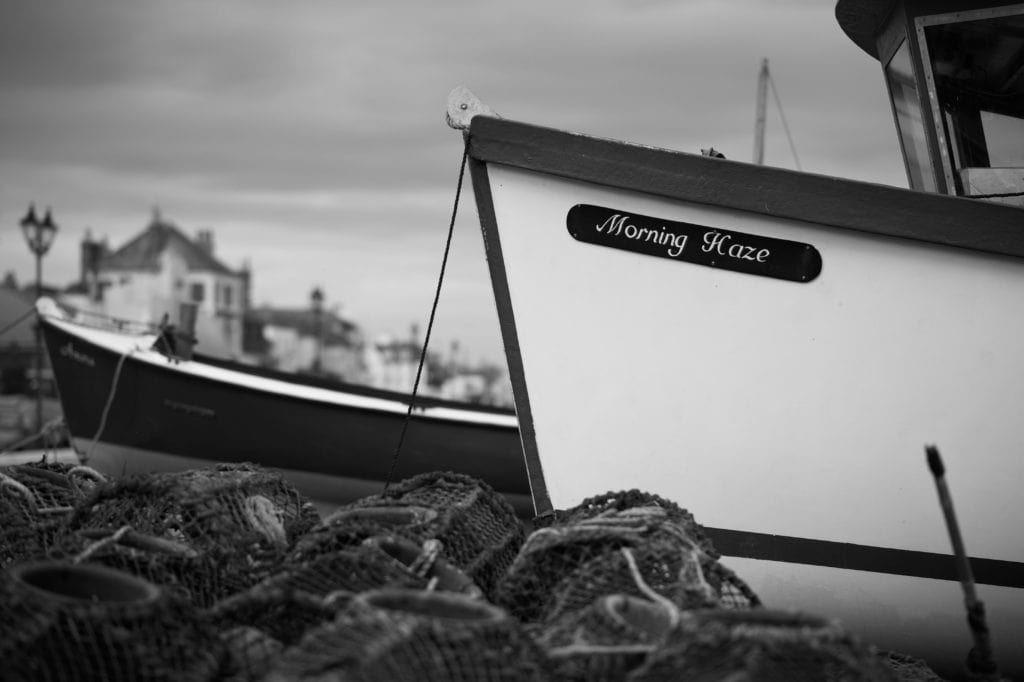This article describes the most famous residents and visitors to the town of Deal, which includes some of the most notable figures of the last two hundred years.
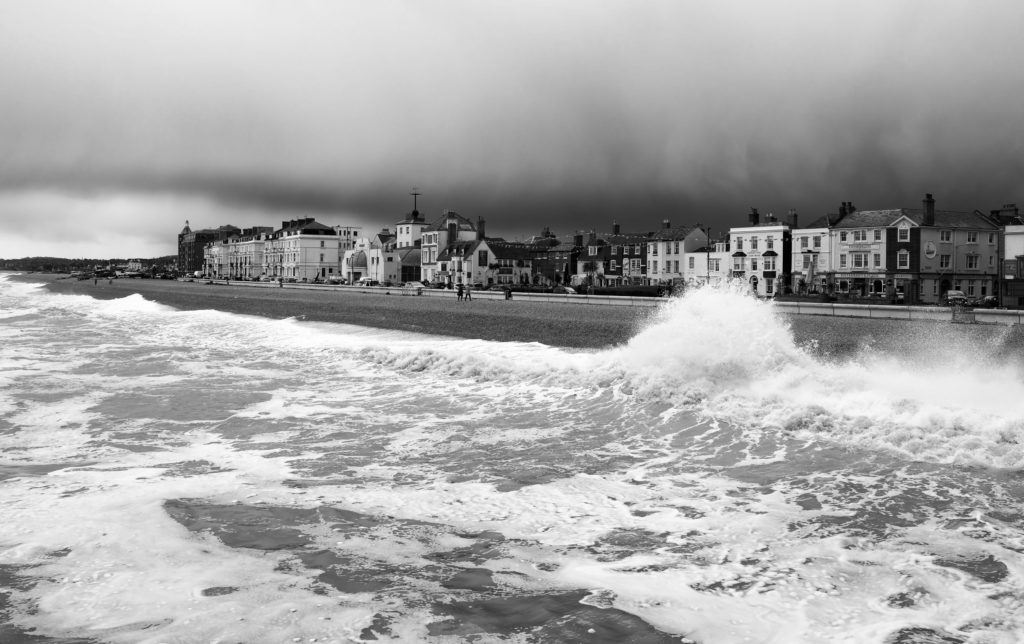
Admiral Nelson
Admiral Horatio Lord Nelson, widely regarded as Britain’s greatest military hero, visited Deal when his fleet was anchored in the Downs, the anchorage just off the coast of Deal. The weather must have been inclement as he wrote to Lady Hamilton in 1801 that ‘this is the coldest place on earth, most assuredly’
Nelson’s aide-de-camp Captain Edward Parker was severely wounded in a Raid on Boulogne in 1801. The Admiral arranged lodgings for him in Deal so he could recover. Despite the care he received Captain Parker died of his wounds and is buried in the churchyard of St Georges’s Church. His tomb was paid for by Admiral Nelson, who attended the funeral.
Nelson Street (in which I rented a cottage in the summer for many years) was named after the Admiral, as were two Lord Nelson pubs (one in Deal and one in Walmer) and two Deal Luggers (a local boat type) – the Brave Nelson and the Nelson.
Emma, Lady Hamilton, Nelson’s great love, is known to have stayed at the Three Kings in Deal, later the Royal Hotel, where she could watch Nelson’s ships from her window.
Princess Adelaide
Princess Adelaide of Saxe Meiningen stayed at the Royal Hotel after she landed at Deal on her way to marry the future King William IV. There is a large property on the seafront named Adelaide House, and a pub was named in her honour in Church Street Walmer. The pub closed in 1913 and the house is now a private residence. Adelaide, the capital city of South Australia, is also named after her.
Winston Churchill
Winston Churchill is legendary as a statesman, an orator and the war time leader who rallied Britain from the brink of defeat to victory in WWII. Churchill was appointed Lord Warden of the Cinque Ports and Constable of Dover Castle in 1941 and was guest of the Royal Hotel whilst visiting Dover Castle during the war.
Churchill painted The Beach at Walmer, an oil on canvas, in 1938. The view in the painting is of bathers with one of the Walmer Castle’s cannons in the foreground. He and his family enjoyed bathing in the sea and the beach was one of his favourite subjects to paint. was given as a gift to General Ismay, Churchill’s chief military adviser during WWII. The work was auctioned at Christie’s in 2011 for £313,250.
Churchill was given the freedom of Deal and Dover, in 1951 and visited Deal to inspect the Royal Marines.
LS Lowry
LS Lowry, famous for his distinctive industrial landscapes, visited Deal in 1912. There he sketched a beach scene which he used much to produce a painting called ‘The Beach’ in 1947. The Royal Hotel is recognisable in the work, which was sold at auction by Christie’s for £1.5m in 2006.
The Duke of Wellington
The Duke of Wellington is best known for his victory against Napoleon at the Battle of Waterloo in 1815, though his battle record is long and exemplary. He participated in around 60 battles and is regarded as one of the greatest defensive commanders of all time. After his military career he served as Prime Minister twice.
Wellington lived in Walmer Castle in his role as Lord Warden of the Cinque Ports until his death at the age of 83 in 1852. Walmer Castle was built as a Tudor Artillery fortress. However, unlike Deal Castle, which kept its squat, brooding profile, Walmer Castle evolved into a comfortable stately home.
The Duke, then Lt. Gen. Sir Arthur Wellesley, also lived in Wellesley House in Walmer just before the Peninsula War of 1807. The Wellesley Arms in Walmer Castle Road was named after him. The pub finally closed in 1911 and is now a private residence.
Charles Dickens
Charles Dickens, the quintessential Victorian author created some of the world’s best-known fictional characters and is still regarded as one of the world’s greatest story tellers. He is not usually considered amongst famous Deal visitors as he is closely associated with the seaside town of Broadstairs, 16 miles awy. He first visited Broadstairs in 1837, and visited frequently for next two decades, writing Bleak House in the house of the same name.
Nevertheless, Dickens did visit Deal in 1847 to attend the celebrations that accompanied the opening of the South East Railway line, of which Deal was the terminus. He stayed in the Swan Inn, in Queen’s Street. This stay is not to be confused with his more well known stay at the Swan Hotel in Stafford, which he referred to as ‘The Dodo’. Deal is mentioned in Bleak House:
At last we came into the narrow streets of Deal, and very gloomy they were upon a raw misty morning. The long flat beach, with its little irregular houses, wooden and brick, and its litter of capstans, and great boats, and sheds, and bare upright poles with tackle and blocks, and loose gravelly waste places overgrown with grass and weeds, wore as dull an appearance as any place I ever saw.
JMW Turner
JMW Turner is perhaps Britain’s most well known painter, famed for his luminous skies and turbulent seascapes. Like Dickens he is not thought of amongst famous Deal visitors and residents as his connection to Margate is better known, especially after the museum bearing his name was opened in 2011.
It is less well known that he also lived in Deal. Turner was eccentric, but also intensely private and reclusive, so when Margate became too popular for his liking he persuaded his landlady and companion Mrs Booth to move with him to Deal, where they bought a two-storey property in Beach Street with views of the English Channel and Goodwin Sands.
Whilst in Deal, Turner found the anonymity he sought and painted four works, Sailing Boat Off Deal, Deal, Off Deal and Deal In A Storm. The latter was painted in 1824 and is owned by Deal Town Council. It shows a dramatic beach scene under a lightening lit sky with boatmen preparing to launch boats for a rescue a ship wrecked on the Goodwin Sands. Whilst he was in Deal he was rowed out to the sands where he watched a cricket match at low water, a tradition that survived until 2003. When he moved to Chelsea in later life he habitually wore a naval greatcoat and was known as ‘The Admiral’ in the area.
Joseph Lister
The last of our famous Deal visitors is Joseph Lister, the British medical pioneer and father of modern surgery, lived at Park House, The Beach, Walmer. He introduced the use of carbolic acid as an antiseptic, which became widely used in surgery. His work led to a reduction in post-operative infections and made surgery much safer
Lister moved to Walmer after suffering a stroke and died there in 1912, the same year that LS Lowry visited Deal. In 1902 he had been called out of his retirement to oversee the emergency appendix operation for Edward VII. Lister’s antiseptic surgical method was employed by the surgeons and the King survived. Park House now displays a Blue Plaque.
